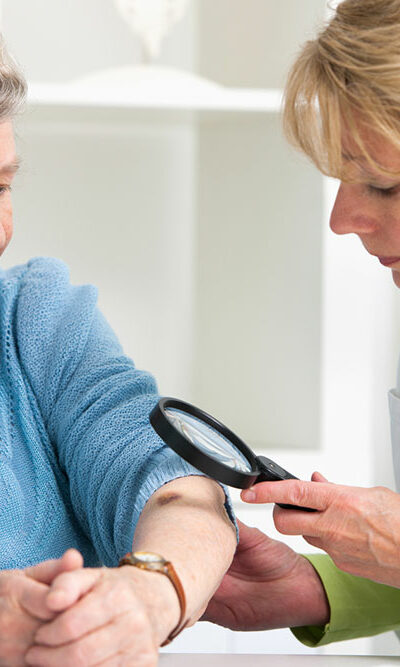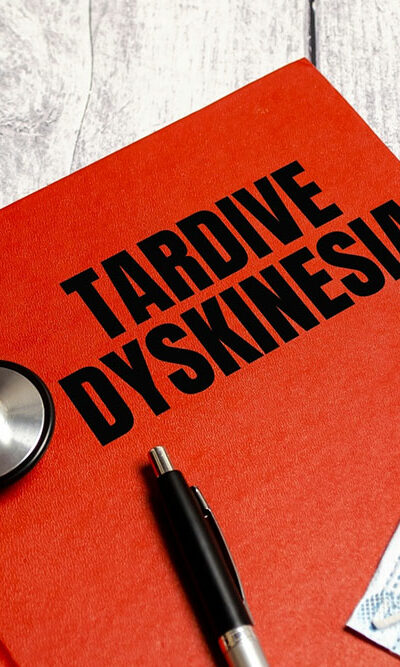
10 household products that may harm the lungs and cause COPD
Homes are considered safe havens, but surprisingly, many products commonly found in households can risk the residents’ lung health. Chronic Obstructive Pulmonary Disease (COPD) is a progressive lung condition that affects millions, and exposure to certain household products can contribute to its development. Therefore, it is recommended to avoid certain products that may cause harm. Some of these potentially harmful products that can damage the lungs and cause COPD are: Aerosol sprays Many aerosolized cleaning products, such as oven cleaners, release harmful volatile organic compounds (VOCs) into the air. These chemicals can irritate the airways and worsen respiratory conditions like COPD. Ammonia-based cleaners Ammonia, commonly found in glass and bathroom cleaners, can cause respiratory distress when inhaled. Users should ensure proper ventilation when using these products and consider less toxic alternatives. Bleach While bleach is an effective disinfectant, inhaling its fumes can harm the lungs. Also, mixed bleach with other cleaning products can release toxic gases, posing a severe health risk. Air fresheners Many commercial air fresheners contain VOCs and artificial fragrances that can trigger respiratory symptoms, especially in individuals with pre-existing lung conditions like COPD. Natural alternatives like essential oil diffusers or homemade potpourri can be safer choices. Pesticides and herbicides Household pesticides and herbicides often contain harmful chemicals that, upon inhalation, may irritate the respiratory tract and increase COPD risk. Integrated pest management strategies and non-toxic alternatives are better for maintaining a pest-free home. Oil-based paints Oil-based paints release VOCs that can linger in the indoor air for an extended period, contributing to respiratory issues. Water-based paints are a less toxic option. Paint thinners and solvents These products contain chemicals like benzene and toluene, which can be harmful when inhaled. Adequate ventilation and using low-VOC or VOC-free alternatives can reduce the risk. Candles and incense Burning candles and incense can release tiny particles and soot into the air, which, when inhaled, can irritate the lungs.










